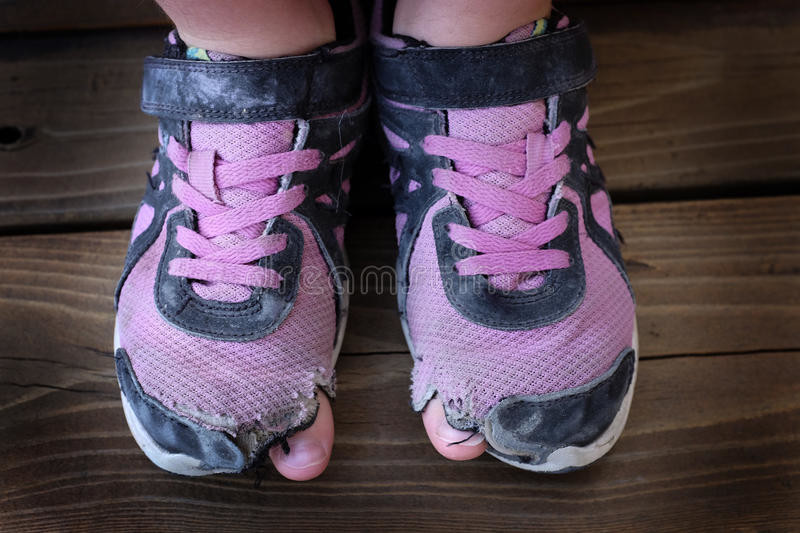Running News Daily
Running News Daily is edited by Bob Anderson. Send your news items to bob@mybestruns.com Advertising opportunities available. Train the Kenyan Way at KATA Kenya and Portugal owned and operated by Bob Anderson. Be sure to catch our movie A Long Run the movie KATA Running Camps and KATA Potato Farms - 31 now open in Kenya! https://kata.ke/
Index to Daily Posts · Sign Up For Updates · Run The World Feed
When runners should replace their shoes?
Your shoes are arguably the most important part of your running wardrobe, which is why runners spend so much time and money looking for just the right pair. Once you have found the perfect shoe, you should do your best to take care of them so they continue to provide the support you need throughout your training. This includes replacing them when they’re no longer in good condition.
But how do you know when it’s time to replace your shoes, and why is it so important? We spoke with avid runner and podiatric medicine practitioner Laura Desjardins to find out.

Desjardins says on average, you should replace your shoes after about 800 kilometers. That being said, how long your shoes last depends on their structure and durability. Lightweight shoes with soft soles, such as a racing flat, will wear much faster than a sturdier shoe with firmer soles.
For this reason, it is important to examine your shoes regularly to look for signs that they may need to be replaced. Desjardins told us that the soles of the shoe are the best indicator of wear. She explained that if the treads on the bottom are worn or if the foam is compressed unevenly on either side of the shoe, you should look into getting a new pair. According to Desjardins, most shoe soles are made of ethylene-vinyl acetate (EVA), which contains tiny, circular air bubbles.

Over time EVA will get thinner, causing those air bubbles to flatten or burst. Multiple wrinkles on the sole of your shoe are a sign that this is happening and your shoes need to be replaced.
Aches and pains may also indicate that it’s time for a new pair of shoes. This is because the compressed soles are no longer providing the same level of shock absorption, which increases the stress on your muscles, bones and joints while you run.
Why is it so important to replace your shoes?
According to Desjardins, worn-out footwear is often a contributing factor in almost all overuse injuries. This is because poor biomechanics can mold into your shoe, which then promotes that movement when you run.
For example, Desjardins explained that people who have weaknesses resulting in overpronation can actually mold collapsed forces into their shoes. If your footwear is contoured due to collapsing, it can encourage that form when running which can lead to injuries.
If you are trying to manage an injury or correct your running form, replacing your shoes is necessary for this reason. Even if you fall into neither of those categories, you should still avoid running in worn-out shoes to avoid injuries.
When you keep usisng the same pair of shoes every day, the foam in the soles doesn’t have enough time to bounce back, causing them to compress faster. Alternating between pairs every other day gives the soles a chance to rest and rebound. While buying two pairs is initially more expensive, you actually save money in the long run because each pair will last longer than they would have otherwise. For those who are able, Desjardins suggested having three pairs: a designated pair for easy mileage runs, a pair for workouts and a pair for long runs.
Of course, if you are not running every day, having multiple pairs of shoes may not be necessary. This is why the most important thing you can do is regularly check your shoes for signs of wear, and replace them as soon as your wallet will allow. Having a proper pair of shoes that are in good condition will help prevent injuries, so you can continue running and stay healthy.
by Brittany Hambleton
Login to leave a comment




